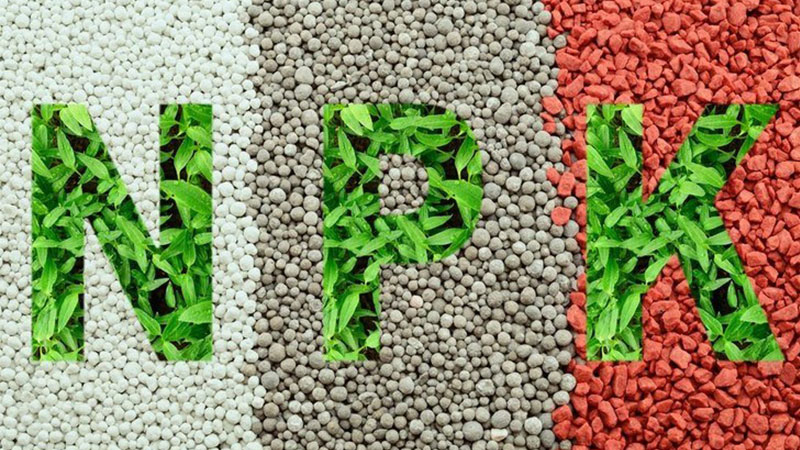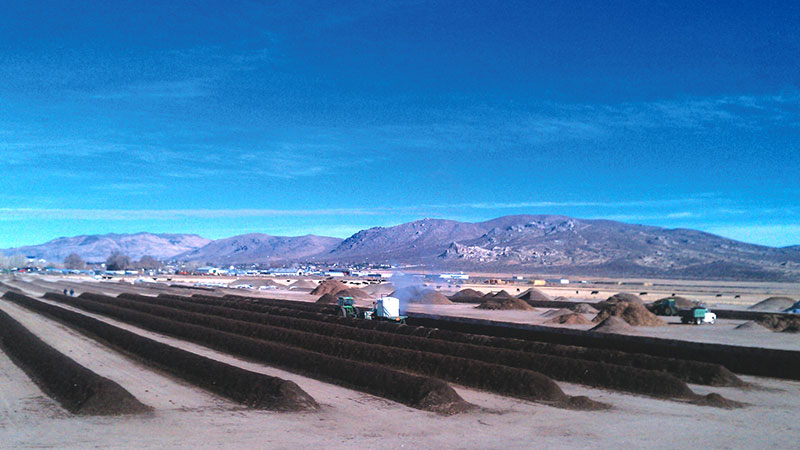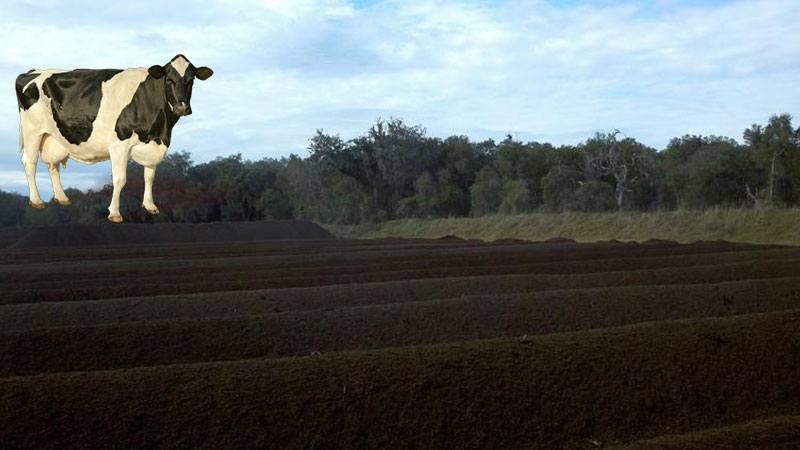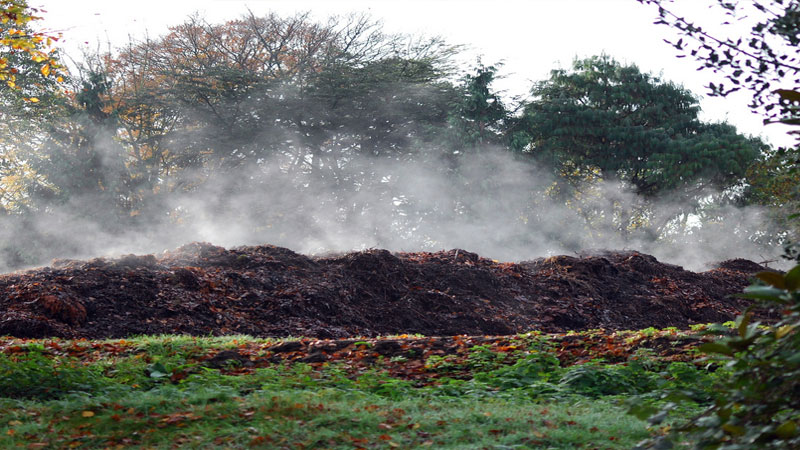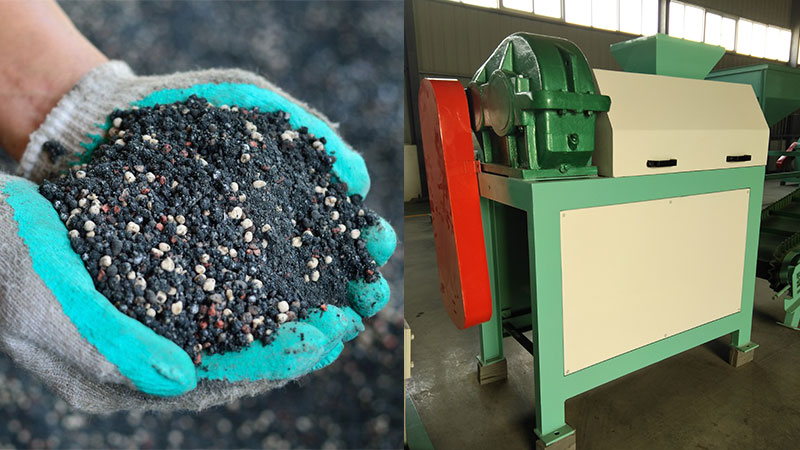1. Nitrogen Fertilizer
Nitrogen fertilizer, also called foliar fertilizer, supplies essential nutrients for the production of leaves and stems, and also the production of proteins, nucleic acids (DNA and RNA) and chlorophyii.
Nitrogen Fertilizer Types
Inorganic NO3- and NH4+ can be easily absorbed by plant. As for organic nitrogen such as urea, animal hide powder, soybean etc.are also can be used as a kind of nitrogen fertilizer,but they need decomposing into nitrate nitrogen and ammonium nitrogen by bacteria. The nitrogen fertilizer types and features are given as below table 1.
|
Table 1 Types and Characteristics of Nitrogen Fertilizer
|
||
|
Types
|
Features
|
|
|
Inorganic nitrogen
|
calcium ammonium nitrate |
|
|
Potassium ammonium nitrate
|
||
|
Ammonia sulfate
|
|
|
|
Ammonia chloride
|
||
|
Organic nitrogen
|
Urea |
|
|
Animal skin powder, plants soybean, fish fertilizer
|
||
Chemical analysis values can make clear of the inadequate or excessive nitrogen nutrient in plant. In general, we can learn from some symptoms of plant to roughly judge nitrogen deficiency or excess. The below table 2 gives the relations between nitrogen quantity and symptoms during plant growth process.
|
Table 2 Nitrogen Deficiency or Excess Symptoms
|
||
|
Symptoms
|
Nitrogen Deficiency
|
Nitrogen Excess
|
|
Leaf
|
|
|
|
Stem
|
|
|
|
Root
|
|
|
|
Fruit
|
|
|
2.Phosphorus Fertilizer (commonly known as flower and fruit fertilizer)
Phosphorus fertilizer, also called flower and fruit fertilizer, plays a major role in the production of roots, flowers, and fruits, and also for the development of ATP(energy), sugars and nucleic acids.
The Types of Phosphorus Fertilizer
Plant only absorbs phosphate buffer including H2PO4-, HPO42- and PO43- etc. Phosphorus fertilizer contains organic phosphorus fertilizer and inorganic fertilizer. Inorganic phosphate according to the solubility can be divided into water-soluble phosphate fertilizers and ammonium citrate-soluble phosphate fertilizers, while organic phosphorus fertilizer including organophosphates such as rice bran and soybeans etc. The phosphorus fertilizer types and features are summarized as below table 3.
|
Table 3 Types and Features of Phosphorus Fertilizer
|
||
|
Types
|
Features
|
|
|
Inorganic phosphorus fertilizer
|
Superphosphate
|
|
|
Triple superphosphate
|
||
|
Sodium phosphate
|
||
|
Potassium phosphate
|
||
|
Melted phosphorus fertilizer
|
|
|
|
Phosphate rock powder
|
|
|
|
Bone powder
|
||
|
Organic phosphorus fertilizer
|
Rice bran
|
|
|
plants soybean
|
||
The common problems of deficient and excessive phosphorus fertilizer resulting in so many abnormal symptoms in plant growth process can be judged by plant chemical analysis and some cultivation experience. More details are given as below table 4.
|
Table 4 Phosphorus Deficiency or Excess Symptoms
|
||
|
Deficient phosphorus
|
Excessive phosphorus
|
|
|
Leaf
|
|
|
|
Stem and Branches
|
|
|
|
Root
|
|
|
|
Fruit
|
|
|
3.Potassium Fertilizer (commonly known as root fertilizer)
Plant has a high need for large amounts of potassium. Potassium in plants plays a major role in the transportation and distribution of the glucose produced by photosynthesis, and in producing starch or other types of carbohydrates. Besides, potassium helps and affects roots growth while adjusting the water content of cells and increasing resistance to low temperature environment, diseases and insect pests.
The Types of Potassium Fertilizer
The water-soluble potassium nitrate, potassium sulfate and potassium chloride are the most commonly used fertilizers because only K+ can be absorbed by plants. As for other various plants soybean, dried seaweed ,etc. also contain water-soluble potassium, so we often call them organic K fertilizers according to their origin. The various types of characteristics of K fertilizers are shown as following table 5.
|
Table 5 Types and Characteristics of Potassium Fertilizer
|
||
|
Types
|
Characteristics
|
|
|
Inorganic Potassium
|
Potassium sulfate
|
|
| Potassium chloride | ||
|
Potassium nitrate
|
||
|
Potassium silicate
|
|
|
|
Organic Potassium
|
Dried seaweed
|
|
|
plant soybean
|
||
The common problems of potassium deficiency and excess in plants growth process also can be judged by plants chemical analysis and some symptoms. The below table 6 hows inadequate and excessive potassium’s effect on plant growth.
|
Table 6 Potassium Deficiency and Excess Symptoms
|
||
|
Potassium Deficiency
|
Potassium Excess
|
|
|
Leaf
|
|
|
|
Stem and Branches
|
|
|
|
Root
|
|
|
|
Fruit
|
|
|
Relations Between Fertilizer Absorption Rate and Plant Growth
There is great relation between fertilizer absorption rate and plants growth. The plant growth process can be divided into vegetative growth stage, differentiation stage and reproduction three stages as we said before.
1.Vegetative Growing Stage
Vegetative phase means that plants grow and develop roots, stems and leaves, during which plants are busy carrying out photosynthesis and accumulating resources that will be needed for flowering and reproduction.
2.Differentiation Growth Stage
The lush foliage plants will enter into differentiation stage after vegetative stage is completed, and followed by the productions of buds, flowers, and fruits.
3.Reproductive Stage
Reproductive growth stage is the period that plants are capable of commencing flowers to fruits maturity. This stage consists of flower primordia or germination, flowering, pollination and fertilization periods.
N, P, K Absorption Rate
There is a significant difference among the N, P, K needs in every stage of plants growth and development. Supposing the N, P, K needs in whole plants growth process are all 100 %, fertilizer absorption rate is the percentage of each element in each stage for the whole needs.
In vegetative growth stage, N needs and K needs is high, less P needed. Plant begins to absorb more P and then reach a peak in differentiation stage, while still absorbing large amounts of potassium and nitrogen needs gradually decreasing. In the process of buds germination, flowering and fruiting, plant has a high demand for N, P, K, just similar to differentiation period, then the demand will decrease gradually until the fruit maturity period.
Through the Whole Life Process of Plants, We Can See That:
Nitrogen Needs
In vegetative phase, more nitrogen are required to synthesize protein to support the growth of roots, stems and leaves, so nitrogen absorption rate reaches peak in this period. Then, the nitrogen absorption rate will gradually decrease in differentiation phase until fruits growth period because in this period nitrogen needs transporting and distributing again in plants.
Requirements for Phosphorus
In differentiation growing phase, plant is to accomplish buds germination, flowering, fertilization and fruits maturity. Phosphorus is also essential for production of ATP, ADP etc. energy to support cells division and new organizations production, and also essential for the production of genetic materials such as RNA, DNA etc.
In general, P needs in flowering period reach the peak and stop until fruits maturity.
Potassium Needs
As K+ existing in plants’ cells and organizations without direct association with the production of roots, stems, leaves, flowers, fruits etc., potassium still plays a major role in transporting, distributing and transferring augers into starch and other carbohydrates, and also in transferring the reduction of nitrate into protein. So we can say that K needs are always in a balanced demand in the whole life of plants. In general, being similar to N needs amounts in vegetative growing phase, K needs reach a peak in the process of growing roots, stems and leaves, then decrease a little in bud germination and flowering phase, and then deeply decrease in fruiting period.
Basic Methods of Applying NPK Fertilizer
As we have said before, the rate of plants absorbing N, P, K often changes according to elements required in different stages. When applying fertilizer, we should consider more about the requirements and N, P, K absorption rate.
In fact, soil media affects the fertilizer elements transportation and its absorption speed. In general, water-dissolved fertilizer in soil among the root activity area will be quickly absorbed along with water flowing. In terms of soil cultivation plants, phosphorus fertilizer is usually used as bedding fertilizer with total P fertilizer needed by plant in whole life, that is because P fertilizer is hard to move along with water flowing. As for easily water- dissolved and easily-transported N and K fertilizer, they need to apply more times regularly. In general, making bedding fertilizer needs to mix 2/3 of total N and K fertilizer with soil at the beginning, while the last 1/3 will apply in fast growth period of plant. With new fertilizers developing and wide applying, slow release fertilizers and controlled release fertilizers are better for plants growth and development that the methods above.
As for water cultivation plants, water-soluble fertilizers can effectively meet the fertilizer requirements in each plants growth phase because roots can directly contact with the fertilizers.
Related Reading:
NPK Fertilizer Production Technology

